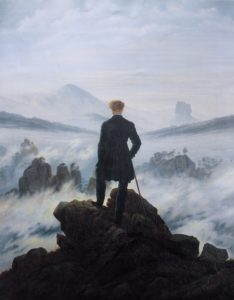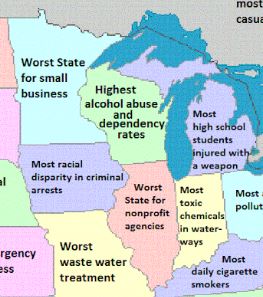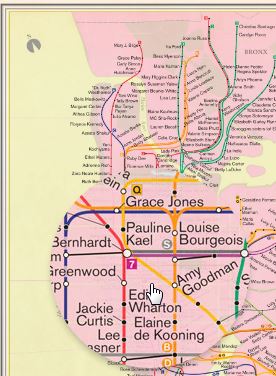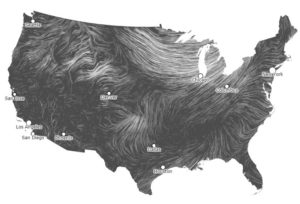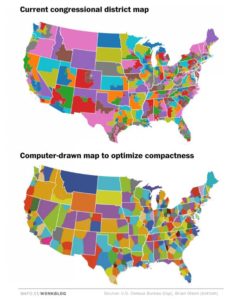During class on Oct 24th I asked everyone to check in about where they are with Paper #2. Most people haven’t yet begun to solidify their ideas, so I thought it might help if I offered some general advice. I am happy to follow up in office hours or individually with anyone, of course.
The most important rule of Paper #2 is TRYING SOMETHING NEW. Rather than starting with a topic (which might be your default thinking before starting an assignment), instead try identifying what you want to do that’s NEW-FOR-YOU in your paper *and* how that new thing connects to what we’ve done in class during this Unit. For example: Are you using a type of source you’ve never used before? Are you trying an interpretive method you haven’t tried before? Is there something you stumbled on during our “lab” days that you hadn’t known of or thought about before? Did one of our Tuesday readings inspire you or give you a model you can use? Would you like to expand on one of this unit’s journal entries? You don’t have to do ALL of these things, just choose ONE and pursue it in the spirit of taking an intellectual risk.
As with Paper #1, the smaller and narrower the scope, the better the resulting paper will be, since you only have 1000-1500 words. I will not be strict about the upper limit if you want to exceed it, but would encourage you to strive for a tightly constructed paper rather than one which rambles widely. As we’ve seen in working with different kinds of archives in Unit 2, something which is expertly curated and concise is clearer and easier to understand that one which is disorganized and overloaded with information.
Lastly, if you struggled with footnotes, citations, or bibliography formatting in Paper #1, review Turabian closely and work on references early in the paper process instead of leaving it to the very end, especially if you are working with less-familiar sources.
Hope this advice helps stoke your enthusiasm for the second paper assignment, which ideally emerges organically out of the hard work and “sandbox play” you’ve done during our discussions and workshop sessions in this Unit.



